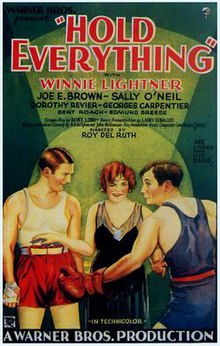
The Broadway Melody, also known as The Broadway Melody of 1929, is a 1929 American pre-Code musical film and the first sound film to win an Academy Award for Best Picture. It was one of the early musicals to feature a Technicolor sequence, which sparked the trend of color being used in a flurry of musicals that would hit the screens in 1929–1930. Today, the Technicolor sequence survives only in black and white. The film was the first musical released by Metro-Goldwyn-Mayer and was Hollywood's first all-talking musical.
This is a list of notable events in music that took place in the year 1930.

Merrie Melodies is an American animated comedy short film series distributed by Warner Bros. Pictures. It is the partner series to Looney Tunes and featured many of the same characters. It originally ran from August 2, 1931, to September 20, 1969, during the golden age of American animation, though it was revived in 1979, with new shorts sporadically released until June 13, 1997. Originally, Merrie Melodies placed emphasis on one-shot color films in comparison to the black-and-white Looney Tunes films. After Bugs Bunny became the breakout character of Merrie Melodies and Looney Tunes transitioned to color production in the early 1940s, the two series gradually lost their distinctions and shorts were assigned to each series randomly.

Mystery of the Wax Museum is a 1933 American pre-Code mystery-horror film directed by Michael Curtiz and starring Lionel Atwill, Fay Wray, Glenda Farrell, and Frank McHugh. It was produced and released by Warner Bros. and filmed in two-color Technicolor; Doctor X and Mystery of the Wax Museum were the last two dramatic fiction films made using this process.
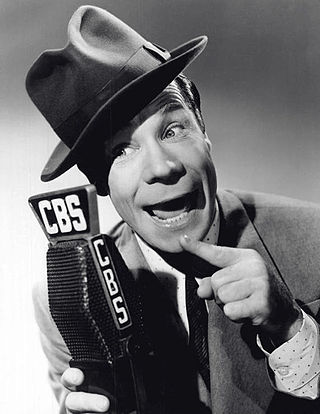
Joseph Evans Brown was an American actor and comedian, remembered for his friendly screen persona, comic timing, and enormous elastic-mouth smile. He was one of the most popular American comedians in the 1930s and 1940s, with films like A Midsummer Night's Dream (1935), Earthworm Tractors (1936), and Alibi Ike (1935). In his later career Brown starred in Some Like It Hot (1959), as Osgood Fielding III, in which he utters the film's famous punchline "Well, nobody's perfect."
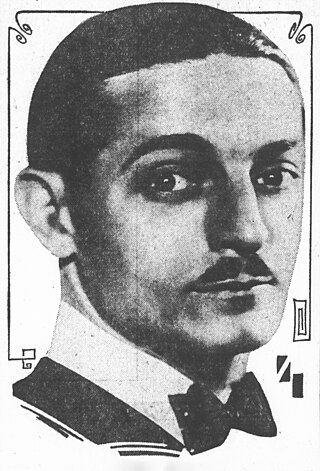
Lester M. Allen was an American actor, dancer, singer, comedian, and circus performer. After beginning his career as a child acrobat with the Barnum and Bailey Circus, he became a performer in minstrel shows, burlesque, and vaudeville. He worked as primarily a dancer and acrobat in the Broadway musical revues George White's Scandals and Ziegfeld Follies in the 1910s and early 1920s; ultimately progressing to singing and comedic acting parts. He starred as a comic actor in several musical comedies on Broadway during the 1920s and the early 1930s. He transitioned into work as a film actor, appearing in more than 15 films released from 1941 to 1950. He was killed after being struck by a motor vehicle in 1949.
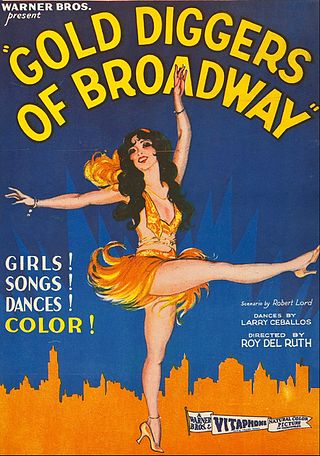
Gold Diggers of Broadway is a 1929 American pre-Code musical comedy film directed by Roy Del Ruth and starring Winnie Lightner and Nick Lucas. Distributed by Warner Bros., the film is the second all-talking, all-Technicolor feature-length film.
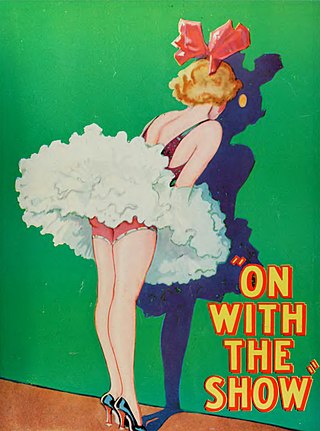
On with the Show! is a 1929 American pre-Code musical film produced by Warner Bros. Filmed in two-color Technicolor, the film became the first all-talking, all-color feature-length film, and the second color film released by Warner Bros.; the first was the partly color musical The Desert Song (1929).

The Show of Shows is a 1929 American pre-Code musical revue film directed by John G. Adolfi and distributed by Warner Bros. The all-talking Vitaphone production cost almost $800,000 and was shot almost entirely in Technicolor.

Song of the West is a 1930 American Pre-Code musical western film produced by Warner Bros., and photographed entirely in Technicolor. It was based on the 1928 Broadway musical Rainbow by Vincent Youmans (music), Oscar Hammerstein II (lyrics) and Laurence Stallings (book). It starred John Boles, Joe E. Brown and Vivienne Segal, and was the first all-color all-talking feature to be filmed entirely outdoors.

The Life of the Party is a 1930 American pre-Code musical comedy filmed entirely in Technicolor. The musical numbers of this film were cut out before general release in the United States because the public had grown tired of musicals by late 1930. Only one song was left in the picture. The complete film was released intact in countries outside the United States where a backlash against musicals never occurred.

Sally is a 1929 American Pre-Code film. It is the fourth all-sound, all-color feature film made, and it was photographed in the Technicolor process. It was the sixth feature film to contain color that had been released by Warner Bros.; the first five were The Desert Song (1929), On with the Show! (1929), Gold Diggers of Broadway (1929), Paris (1929) and The Show of Shows (1929).. Although exhibited in a few theaters in December 1929, Sally entered general release on January 12, 1930.

Winnie Lightner was an American stage and motion picture actress.
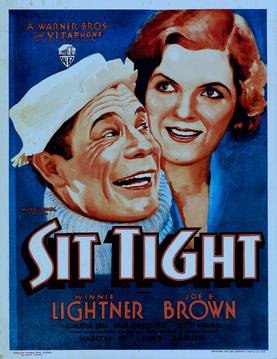
Sit Tight is a 1931 American Pre-Code musical comedy film, directed by Lloyd Bacon, written by Rex Taylor, edited by James Gibbon, and produced and distributed by Warner Bros. It was originally intended as a full musical, but due to the backlash against musicals, all the songs were cut from the film except for one – sung by Winnie Lightner – in all release prints in the United States.

Manhattan Parade is a 1931 American pre-Code musical comedy film photographed entirely in Technicolor. It was originally intended to be released, in the United States, early in 1931, but was shelved due to public apathy towards musicals. Despite waiting a number of months, the public proved obstinate and the Warner Bros. reluctantly released the film in December 1931 after removing all the music. Since there was no such reaction to musicals outside the United States, the film was released there as a full musical comedy in 1931.

Side Show is a 1931 American pre-Code musical comedy drama film directed by Roy Del Ruth and starring Winnie Lightner, Charles Butterworth, Evalyn Knapp and Donald Cook. It was produced and released by Warner Bros. The film was based on a story by William K. Wells. Although it was planned and filmed as a full-scale musical, most of the songs were cut from the film before release due to the public tiring of musicals.

No, No, Nanette is a 1930 American pre-Code musical comedy film with Technicolor sequences that was directed by Clarence G. Badger and released by First National Pictures. It was adapted from the play of the same title by Otto A. Harbach and Frank Mandel. No, No, Nanette was a popular show on Broadway, running for 321 performances, and was produced and directed by Harry Frazee.

Paris is a 1929 American pre-Code musical comedy film, featuring Irène Bordoni. It was filmed with Technicolor sequences: four of the film's ten reels were originally photographed in Technicolor.

Hold Everything! is a musical comedy with lyrics by Lew Brown and B. G. de Sylva, music by Ray Henderson, and has an accompanying book by John McGowan and B. G. de Sylva. A musical about professional boxing, the work's central character is welterweight Sonny Jim Brooks. The musical takes place at "Pop" O'Keefe's Training Camp on Long Island; at the Hotel Wood; and at Madison Square Garden, New York.
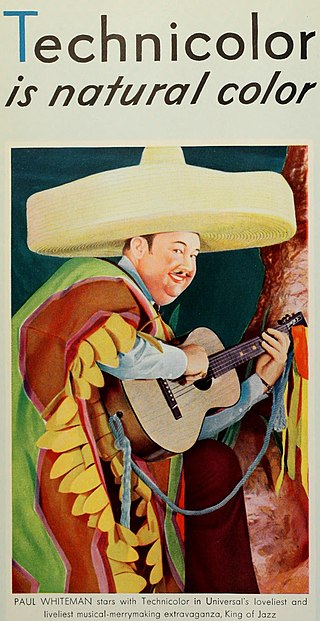
Technicolor is a series of color motion picture processes, the first version dating back to 1916, and followed by improved versions over several decades.
